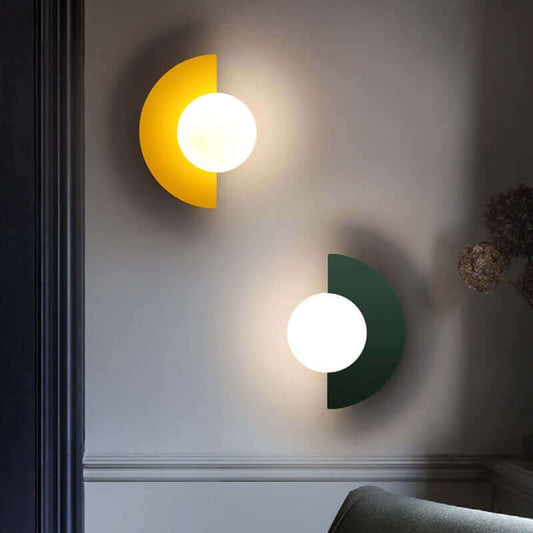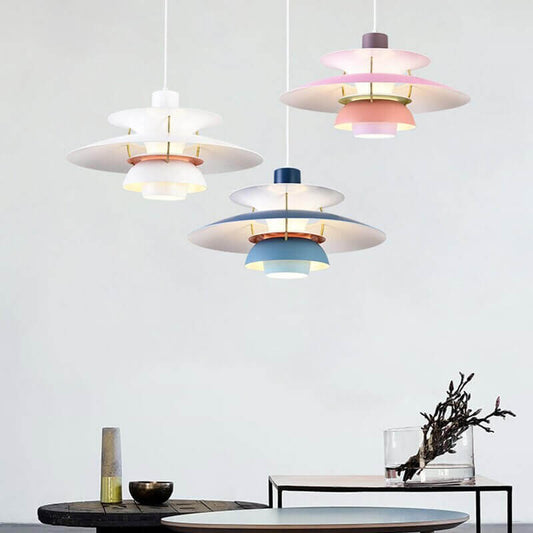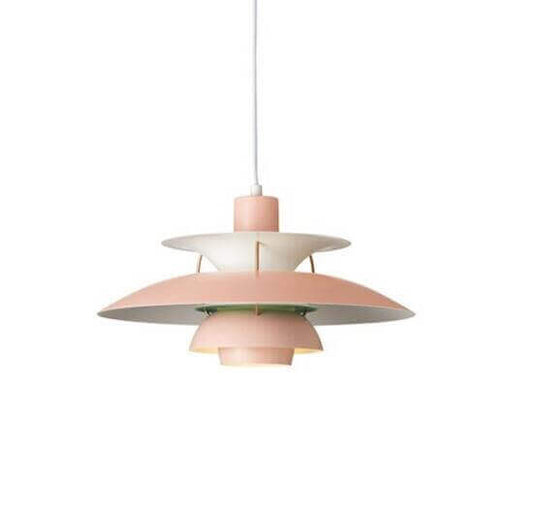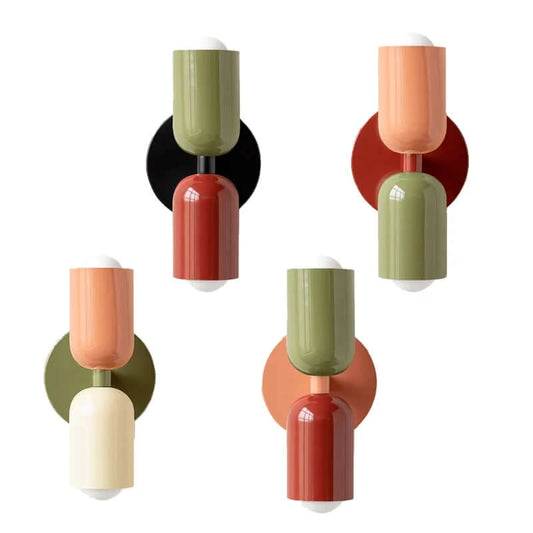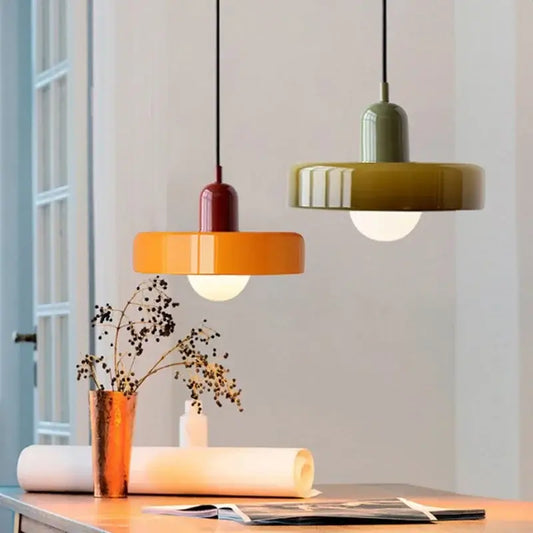The Helsinki Central railway station, also known as the Rautatientori railway station, is a historic building located in the heart of Helsinki, Finland. The building was designed by Eliel Saarinen and completed in 1919, and is considered one of the most important examples of Finnish National Romantic architecture.
The architecture of the Helsinki Central railway station is characterized by its grand scale and monumental appearance. The building is built of red brick and features a central dome and two smaller domes, which are adorned with copper. The entrance is marked by a grand archway, which leads to the main hall, which is characterized by its high ceiling and large windows. The use of natural light was an important aspect of the design, which helps to create a sense of spaciousness and grandeur.
One of the key characteristics of the Helsinki Central railway station is its use of national romanticism style. National romanticism is a style of architecture that emerged in Finland in the late 19th and early 20th centuries and was characterized by its use of traditional Finnish motifs and materials. The use of red brick, copper, and other traditional materials, such as granite, is a defining feature of the Helsinki Central railway station, and is a reflection of the architects' desire to create a building that was rooted in Finnish culture and history.
The Helsinki Central railway station also influenced the development of architecture in Finland, particularly in the areas of public buildings and transportation infrastructure. The building's grand scale and monumental appearance set a new standard for public buildings in Finland, and many other public buildings and transportation infrastructure were built in a similar style. The station's design also influenced the development of the Art Nouveau style in Finland, which was characterized by its use of curved lines, and floral and organic motifs.
Furthermore, the Helsinki Central railway station also played an important role in the development of Finland's transportation infrastructure. The station's location in the heart of Helsinki made it a key transportation hub, connecting the city to the rest of Finland and Europe. The station's design also reflected the importance of transportation in the country, and the building's grand scale and monumental appearance were meant to reflect the importance of the railway in the development of Finland.
In conclusion, the Helsinki Central railway station is a historic building that is considered one of the most important examples of Finnish National Romantic architecture. The building's grand scale and monumental appearance, as well as its use of traditional Finnish motifs and materials, set a new standard for public buildings in Finland, and influenced the development of architecture in the country, particularly in the areas of public buildings and transportation infrastructure. The station's design also played an important role in the development of the Art Nouveau style in Finland and the country's transportation infrastructure. Today, the Helsinki Central railway station continues to be a iconic landmark and an important transportation hub in the city.
Learn more about interior design by reading our “Enhancing Your Living Space: The Importance of Interior Design” article.





